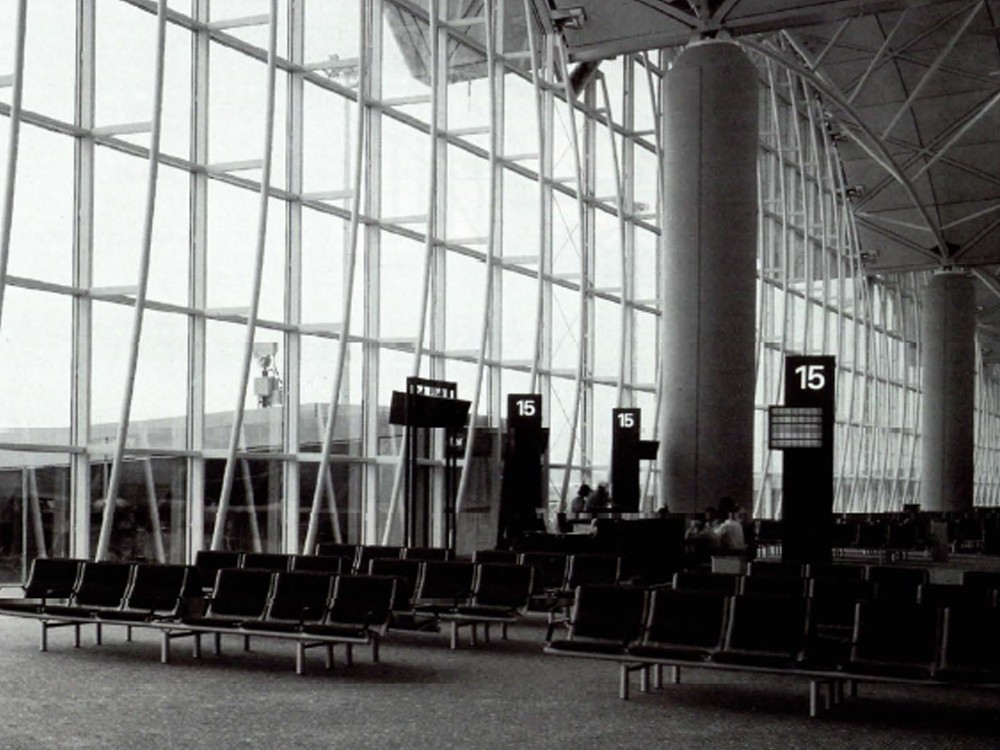
© Hauke Dressler/Feldschnieders+Kister Architekten BDA
In autumn 2015, when the arrival of hundreds of thousands of people who had fled their native countries took politicians, the public administration and planners by surprise, containers were initially seen as a suitable choice for providing accommodation quickly.
Due to the leap in demand, the prices rose rapidly and experiences with a number of dubious suppliers showed that stacking simple containers can lead to problems as regards structural stability and fire safety. Not to mention acceptance by the settled neighbours. On the other hand the refugee crisis focussed interest on system building and, despite the reduction in immigration, this enormous boom has continued – for student residences, economical housing, but also for schools, crèches, office buildings and even hospitals.
But how does a simple system container differ from a high quality steel frame building made up of spatial modules? What are the advantages and disadvantages of timber element construction compared to prefabricated timber spatial modules? Are timber modules based on frame construction with fully fitted sanitary cells more flexible than modules with walls of glued laminated timber? And does masonry construction inevitably mean a longer construction time and higher costs?
Using current residential buildings for refugees as a basis the potential of system building can be demonstrated – for temporary reversible solutions but also for long-term use, later followed by other uses, and also for forming a district that is integrated in tits context in social, infrastructural and architectural terms.
Due to the leap in demand, the prices rose rapidly and experiences with a number of dubious suppliers showed that stacking simple containers can lead to problems as regards structural stability and fire safety. Not to mention acceptance by the settled neighbours. On the other hand the refugee crisis focussed interest on system building and, despite the reduction in immigration, this enormous boom has continued – for student residences, economical housing, but also for schools, crèches, office buildings and even hospitals.
But how does a simple system container differ from a high quality steel frame building made up of spatial modules? What are the advantages and disadvantages of timber element construction compared to prefabricated timber spatial modules? Are timber modules based on frame construction with fully fitted sanitary cells more flexible than modules with walls of glued laminated timber? And does masonry construction inevitably mean a longer construction time and higher costs?
Using current residential buildings for refugees as a basis the potential of system building can be demonstrated – for temporary reversible solutions but also for long-term use, later followed by other uses, and also for forming a district that is integrated in tits context in social, infrastructural and architectural terms.
















